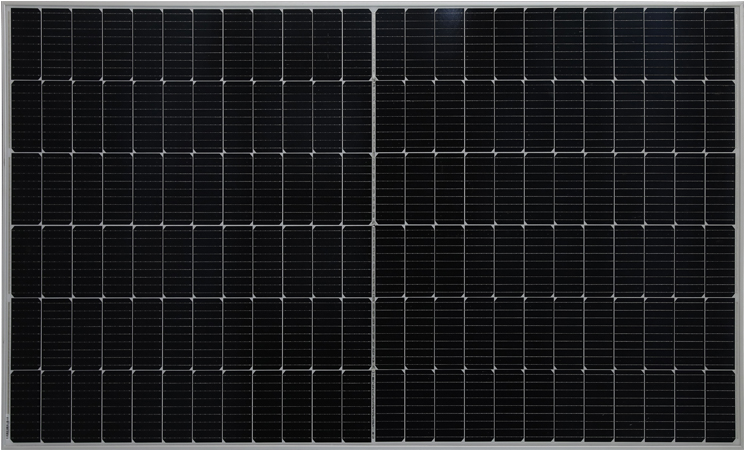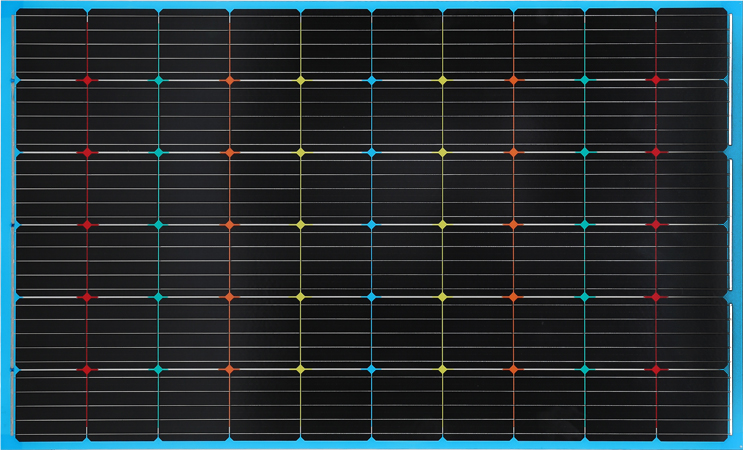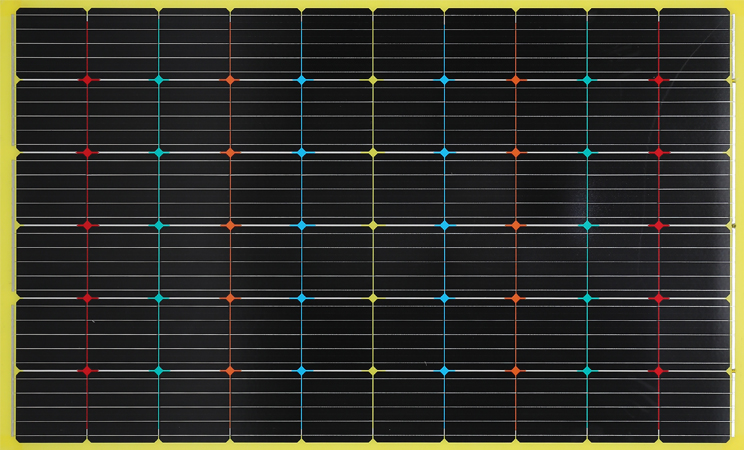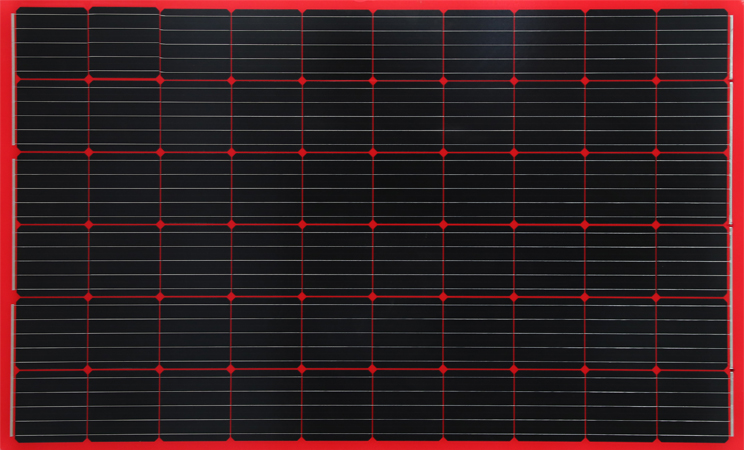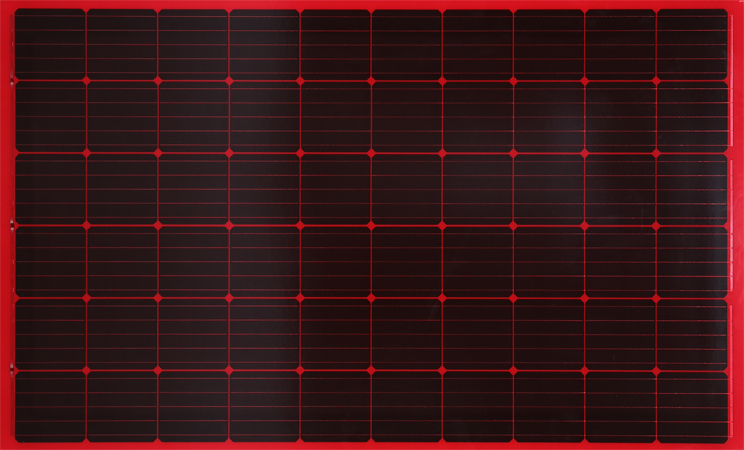Mono Solar Panels are an efficient solar energy panel that converts sunlight directly into electricity. Mono panels have become popular home options due to their higher efficiency, producing more electricity per square foot than other varieties of panels and costing more upfront; but can save homeowners money in the form of lower electricity costs over time. Their costs can often be offset through federal or local incentives, credits, or rebates that may help offset expenses for purchasing them.
Solar panels are made of semiconductor silicon that converts sunlight into electricity, making them essential components of any residential or commercial solar PV system. There are various kinds of solar panels, but two popular varieties are polycrystalline and monocrystalline panels; both use semiconductor material but differ in their electrical production method; monocrystalline uses individual crystals of silicon to form each cell within its panel for superior efficiency and performance.
Poly solar panels use multiple crystals of silicon in each cell for greater efficiency at a lower cost than mono solar panels, offering homeowners and businesses looking to tap solar energy an affordable way to do so. Poly panels may also make an ideal addition if the home or business can't afford the more costly monocrystalline solar panels but want to enjoy its advantages nonetheless.
To manufacture mono solar panels, a "seed" crystal is dropped into molten pure silicon and pulled up and rotated to form a single crystal ingot, which is sliced into thin wafers to form semiconductor silicon cells that generate electricity when exposed to sunlight. Each cell generates small amounts of power when exposed; to enhance power production further they may be passivated or rear cell textured to improve their efficiency and increase output.
A typical solar panel typically consists of 32 to 96 pure silicon wafers coated with phosphorous to refract sunlight and allow electrons in the silicon to move more freely, thus producing electricity. Solar panels produce direct current (DC), which is converted to alternating current (AC) by an inverter for use in appliances and devices. DC power may also be stored in batteries for later use when there's no sun available.
Based on the size and layout of your home, solar panel requirements will differ accordingly. A general guideline suggests that monocrystalline solar panels perform better than their poly-crystalline counterparts; consequently, you will require fewer mono panels to reach equivalent power output - particularly useful if roof space is at a premium. Furthermore, due to their increased efficiency, mono solar panels have greater impacts on energy bills, which helps shorten payback periods and accelerate ROI.


